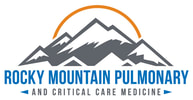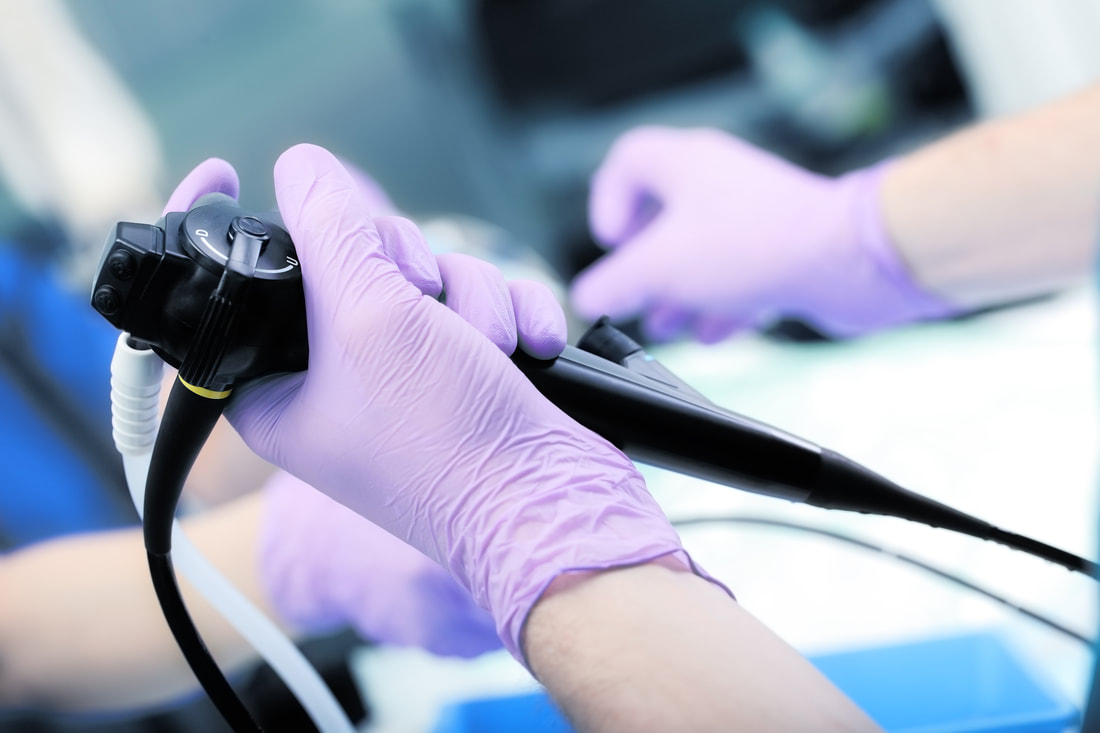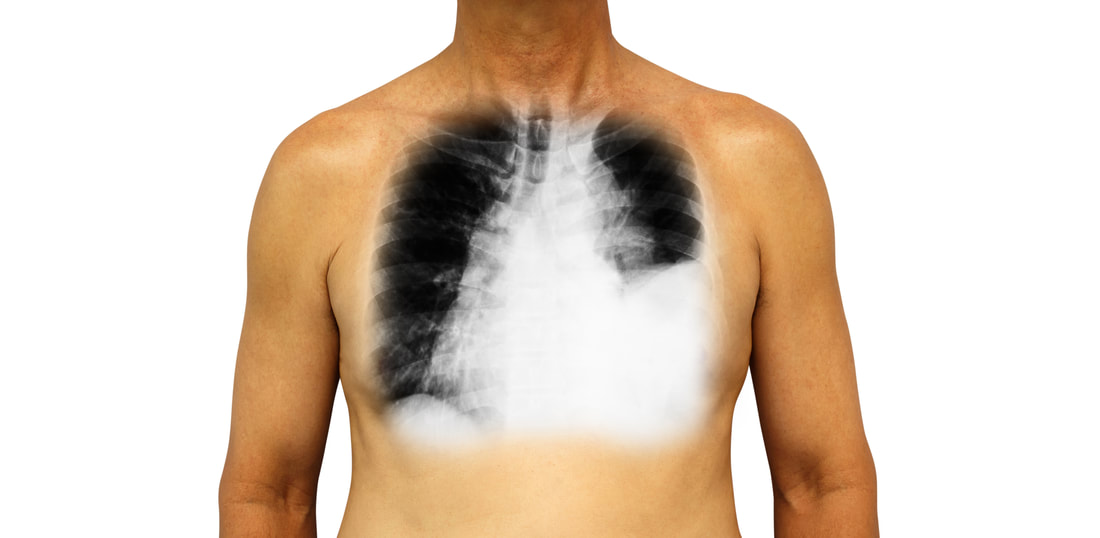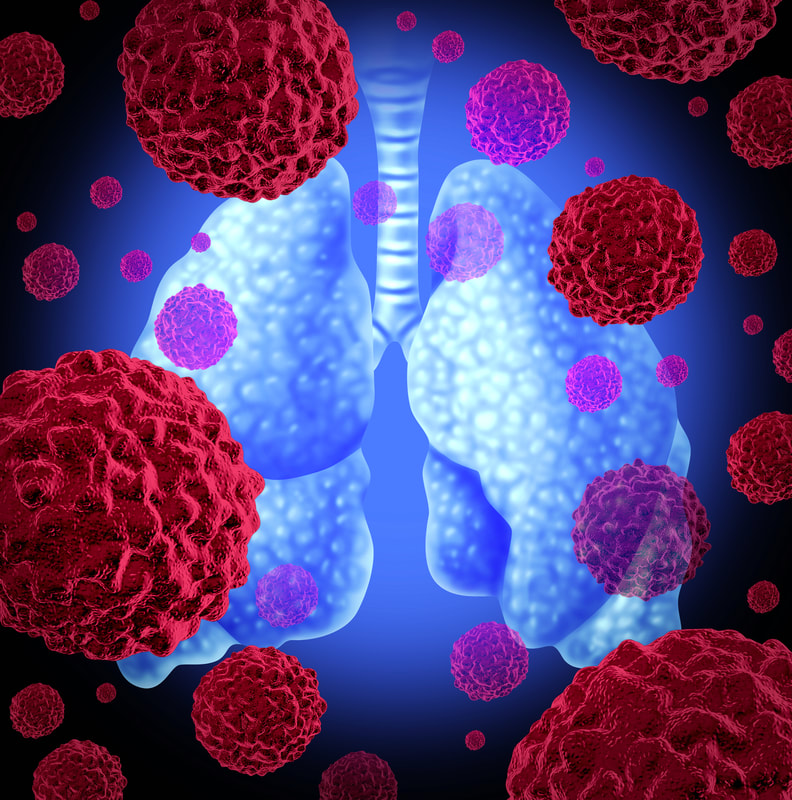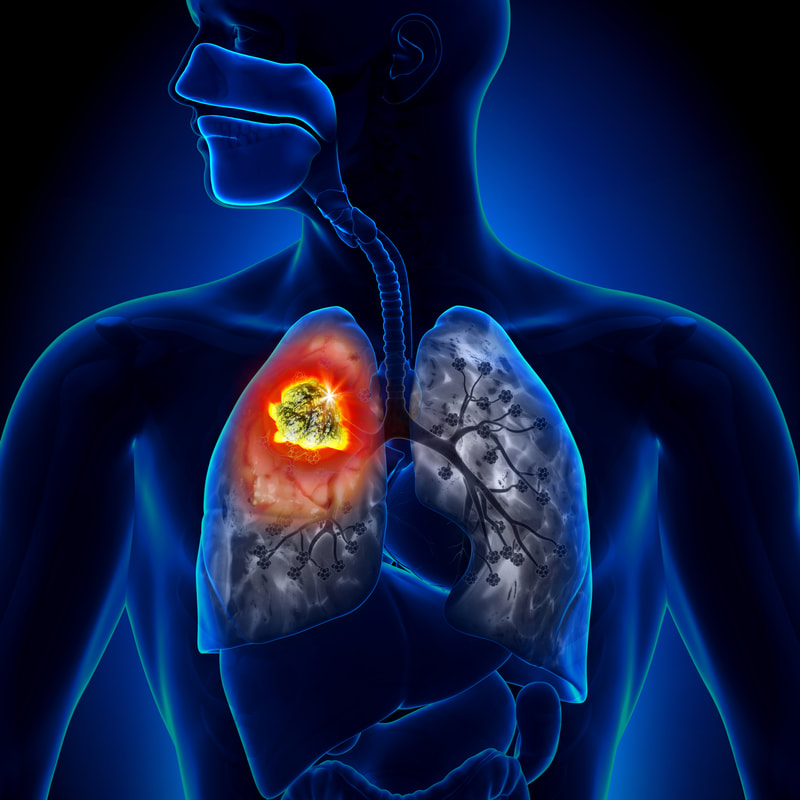Pulmonary Function Testing
|
Pulmonary function testing allows us to understand the physiology of your lungs to assist with diagnosis and monitoring. You will breathe through a tube that measures lung volumes, airflow, and the diffusion of oxygen.
|
Flexible Bronchoscopy
|
Through bronchoscopy, the lung is evaluated inside the airways with a thin, flexible fiberoptic camera. This allows evaluation of the vocal cords, upper airways, and smaller airways. A BAL (bronchoalveolar lavage) may be performed, in which saline is used to rinse out abnormal appearing parts of the lung to collect samples to look at microscopically. Biopsies may be taken to help evaluate abnormal parts of the lung. Your doctor will discuss the risks and benefits of each procedure during your visit
|
Thoracentesis
|
Pleural fluid surrounds the lung, allowing a cushion between the lung and the ribcage. Increased amounts of fluid can form in result of many separate diseases. Thoracentesis involves drainage of this fluid to expand the lungs, and to test for these disorders. The skin is anesthetized with Lidocaine to prevent any discomfort, and a small needle is used to drain the fluid. For small collections of fluid, we use ultrasound to help guide the needle safely
|
Endobronchial Ultrasound
|
Lymph nodes are normal collections of cells which are located around the trachea (windpipe) to help fight infection. Abnormal lymph nodes, or enlarged lymph nodes may be the result of certain infections or cancers. Using the bronchoscopy technique, a specialized camera with an ultrasound attached is used to see through the airway walls into these lymph nodes. A small needle (approximately the size of a sewing needle) is used to collect cells from these lymph nodes. An on-site pathologist evaluates the tissue during the procedure. Radial ultrasound (using ultrasound imaging) to assist on peripheral lung tissue biopsies
|
Navigational Bronchoscopy
|
Navigational bronchoscopy utilizes your CT imaging to link your body to the bronchoscope to improve access to peripheral nodules for early detection of lung cancer. A pathologist will be in the room evaluating the tissue. If there is insufficient tissue for diagnosis, a transthoracic needle aspiration may be performed between the ribs on the same visit.
|
Polysomnogram (Sleep study)
|
An overnight sleep study is used to help diagnose and treat sleep apnea. You will stay the night in one of our two sleep beds where your breathing will be monitored, and if sleep apnea is diagnosed, treated with either CPAP, oral devices, postural changes, or surgery.
|
